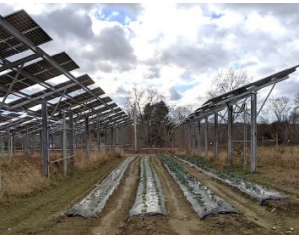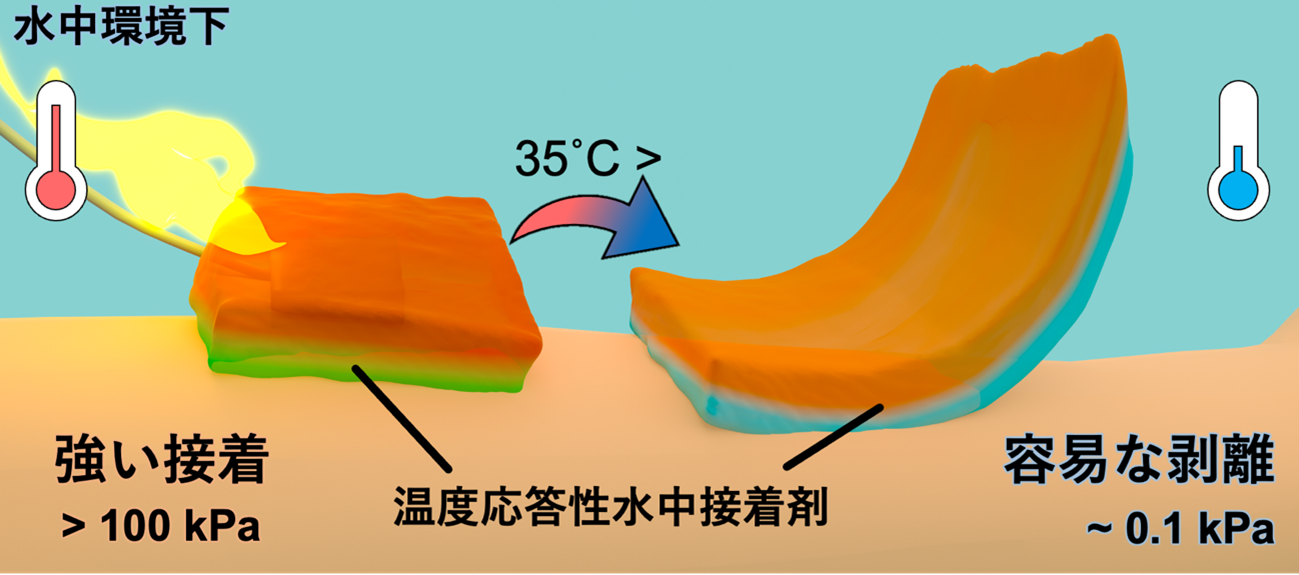2024-10-10 ペンシルベニア州立大学(PennState)
<関連情報>
- https://www.psu.edu/news/research/story/ai-decodes-microbes-message-milk-safety-testing-approach
- https://journals.asm.org/doi/10.1128/msystems.00840-24
食品生産に使用するための非標的スクリーニングツールとしての微生物ショットガンメタゲノミクスデータを用いた統計的・人工知能的アプローチの開発と評価 Development and evaluation of statistical and artificial intelligence approaches with microbial shotgun metagenomics data as an untargeted screening tool for use in food production
Kristen L. Beck, Niina Haiminen, Akshay Agarwal, Anna Paola Carrieri, Matthew Madgwick, Jennifer Kelly, Victor Pylro, Ban Kawas, Martin Wiedmann, Erika Ganda
mSystims Published:10 October 2024
DOI:https://doi.org/10.1128/msystems.00840-24

ABSTRACT
The increasing knowledge of microbial ecology in food products relating to quality and safety and the established usefulness of machine learning algorithms for anomaly detection in multiple scenarios suggests that the application of microbiome data in food production systems for anomaly detection could be a valuable approach to be used in food systems. These methods could be used to identify ingredients that deviate from their typical microbial composition, which could indicate food fraud or safety issues. The objective of this study was to assess the feasibility of using shotgun sequencing data as input into anomaly detection algorithms using fluid milk as a model system. Contrastive principal component analysis (PCA), cluster-based methods, and explainable artificial intelligence (AI) were evaluated for the detection of two anomalous sample classes using longitudinal metagenomic profiling of fluid milk compared to baseline (BL) samples collected under comparable circumstances. Traditional methods (alpha and beta diversity, clustering-based contrastive PCA, multidimensional scaling, and dendrograms) failed to differentiate anomalous sample classes; however, explainable AI was able to classify anomalous vs baseline samples and indicate microbial drivers in association with antibiotic use. We validated the potential for explainable AI to classify different milk sources using larger publicly available fluid milk 16S rDNA sequencing data sets and demonstrated that explainable AI is able to differentiate between milk storage methods, processing stages, and seasons. Our results indicate that the application of artificial intelligence continues to hold promise in the realm of microbiome data analysis and could present further opportunities for downstream analytic automation to aid in food safety and quality.



